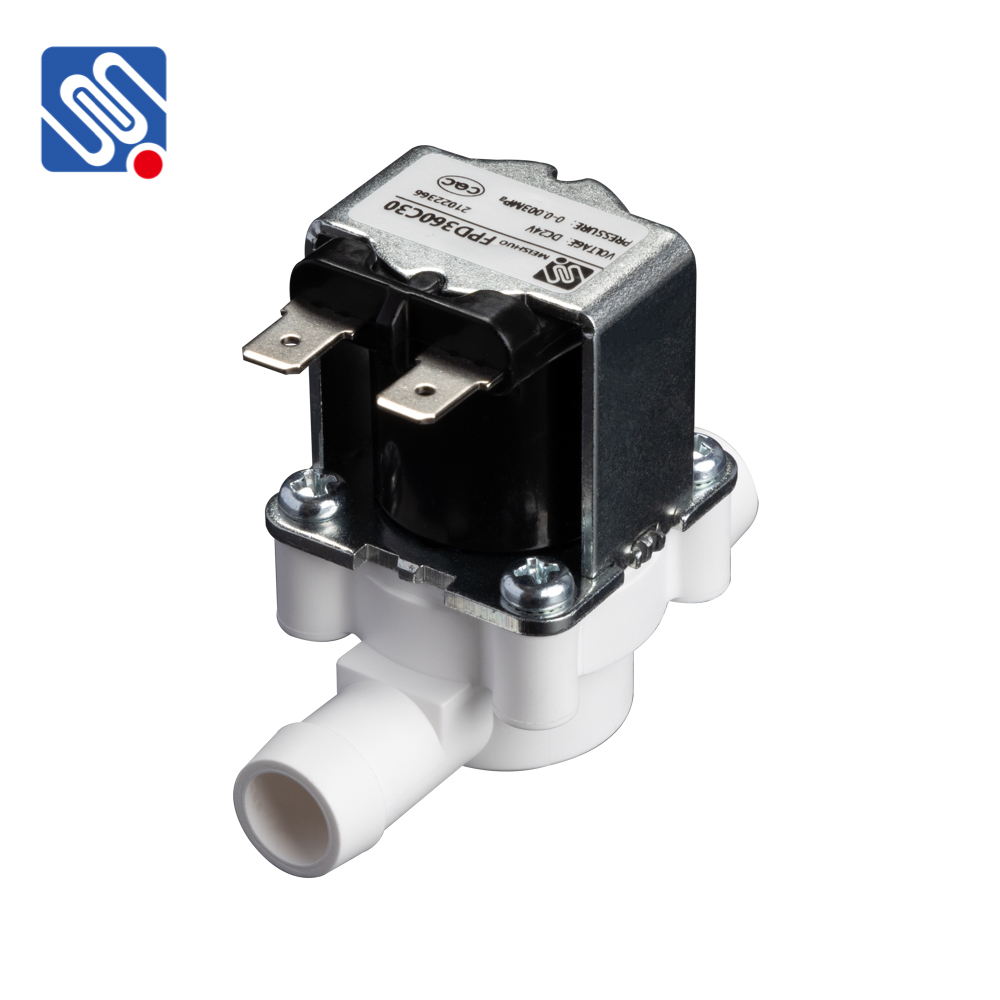low voltage solenoid valve: a key component in modern control systems
Release time:2025-04-14 07:10:36
A Low Voltage Solenoid Valve is a critical component in numerous industrial and commercial applications, providing precise control over fluid or gas flow. These valves are widely used in various systems, including HVAC systems, automotive applications, irrigation systems, and many other processes that require fluid or gas regulation. By utilizing low voltage electrical signals, solenoid valves provide energy-efficient operation, reduced energy consumption, and increased safety compared to their higher voltage counterparts. This article explores the importance, working principles, applications, and benefits of low voltage solenoid valves.

What is a Low Voltage Solenoid Valve?
A solenoid valve is an electromechanical device used to control the flow of fluids or gases in a pipeline. It consists of a coil of wire (the solenoid) and a plunger or armature that moves within the coil. When an electrical current passes through the coil, it generates a magnetic field that pulls or pushes the plunger, either opening or closing the valve. A low voltage solenoid valve operates using electrical voltages typically between 12V and 24V, making it ideal for low-power applications and more energy-efficient than traditional higher voltage solenoid valves.

